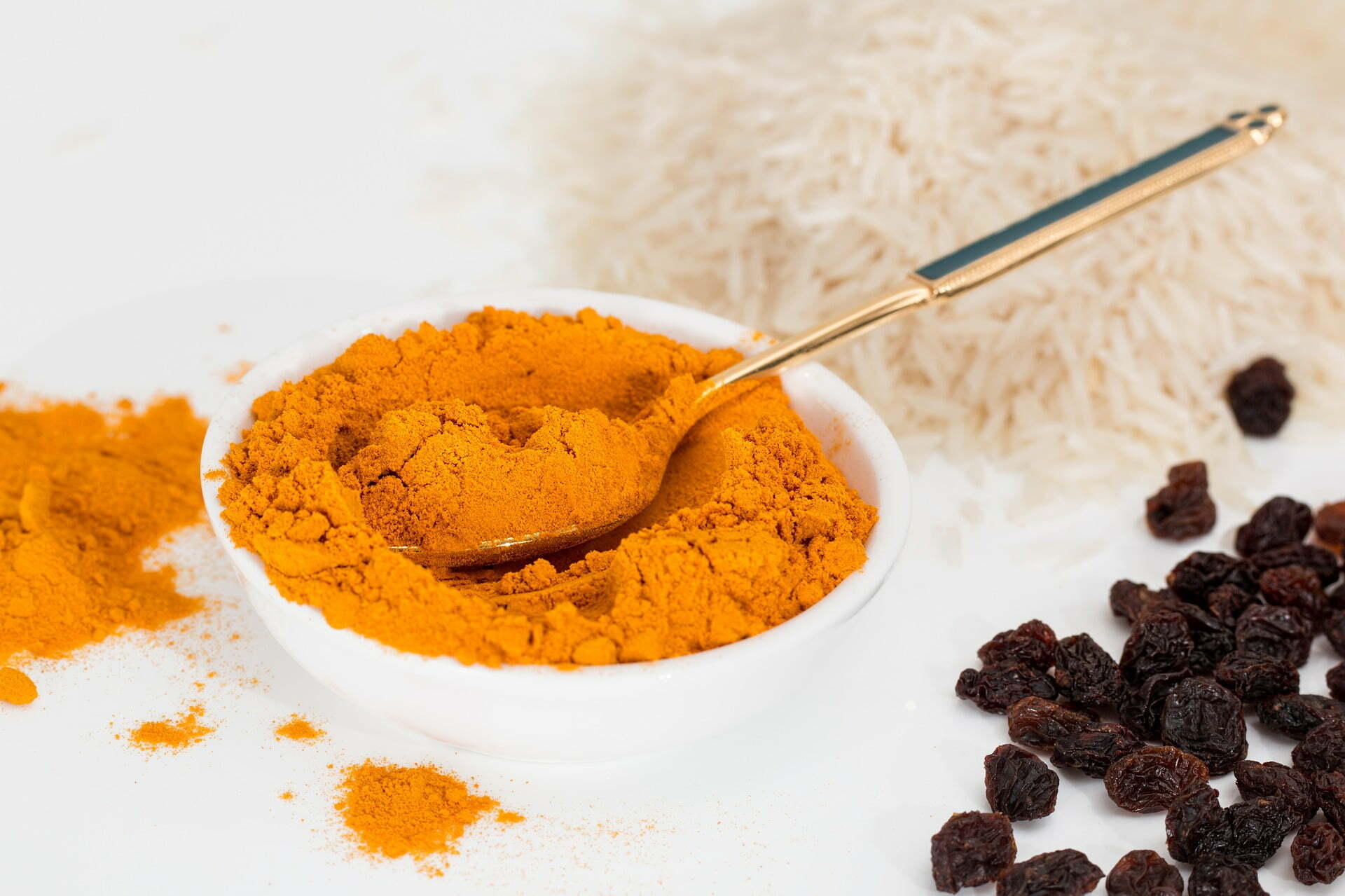Turmeric, with its vibrant golden hue and earthy aroma, is much more than a spice—it’s a cultural icon, a health booster, and a culinary treasure. Loved for its distinctive flavour and revered for its medicinal properties, turmeric has been a staple in kitchens and traditional medicine for thousands of years.
What is Turmeric?
Turmeric comes from the root of the Curcuma longa plant, a member of the ginger family. Native to South Asia, turmeric has been cultivated for over 4,000 years and plays a central role in Indian, Southeast Asian, and Middle Eastern cuisines.
The spice is known for its bright yellow-orange colour, which comes from curcumin, a compound with powerful health benefits. Turmeric is available in many forms, including fresh root, dried powder, and even supplements.
Where is Turmeric Used?
Turmeric’s versatility has made it a global favourite:
- Indian Cuisine: A cornerstone of curries, lentils, and rice dishes.
- Southeast Asian Cuisine: Adds depth to Thai curries, Indonesian rendang, and Vietnamese soups.
- Middle Eastern Cuisine: Used in spice blends like baharat and in rice dishes like pilaf.
- Western Cuisine: Increasingly popular in lattes, smoothies, and baked goods.
- Traditional Medicine: Central to Ayurveda and traditional Chinese medicine for its healing properties.
What Does Turmeric Taste Like?
Turmeric has a warm, earthy flavour with hints of bitterness and peppery spice. Its bold taste pairs well with a variety of ingredients, from coconut milk and ginger to garlic and chillies.
How to Use Turmeric in Cooking
- Curries and Soups: Add turmeric to curries, stews, and soups for a rich colour and flavour.
- Golden Milk: Stir turmeric into warm milk with honey and spices for a soothing drink.
- Rice and Grains: Mix turmeric into rice or quinoa for a vibrant and aromatic side dish.
- Marinades: Use turmeric in marinades for chicken, fish, or tofu.
- Smoothies: Blend turmeric with fruits, yoghurt, and a pinch of black pepper for a healthful boost.
Health Benefits of Turmeric
Turmeric is famous for its health-boosting properties, thanks to curcumin:
- Anti-Inflammatory: Helps reduce inflammation and relieve joint pain.
- Rich in Antioxidants: Protects cells from damage caused by free radicals.
- Supports Digestion: Stimulates bile production and aids in digestion.
- Boosts Immunity: Strengthens the immune system and fights infections.
- Heart Health: May lower cholesterol and improve blood circulation.
- Brain Health: Linked to improved memory and reduced risk of Alzheimer’s disease.
Fun Facts About Turmeric
- Turmeric is often called “Indian saffron” due to its colour and historical use as a dye.
- In Hindu weddings, turmeric is used in ceremonies as a symbol of purity and prosperity.
- The spice has been found in ancient pots dating back to 2,500 BCE!
- Turmeric requires a pinch of black pepper for better absorption of curcumin in the body.
- It’s a key ingredient in mustard, giving it its yellow colour.
How to Choose and Store Turmeric
- Buying Turmeric: Look for fresh roots with a firm texture or high-quality powder with a strong aroma.
- Storing Turmeric: Keep turmeric powder in an airtight container away from heat and light. Fresh roots should be refrigerated and used within a couple of weeks.
Final Thoughts
Turmeric is much more than a spice—it’s a superfood with centuries of cultural and culinary significance. Whether you’re stirring it into a curry, sipping it in golden milk, or exploring its health benefits, turmeric is a golden treasure worth adding to your kitchen.
So, why not let turmeric brighten your next dish? Its rich flavour and stunning colour are sure to bring a touch of sunshine to your table!

